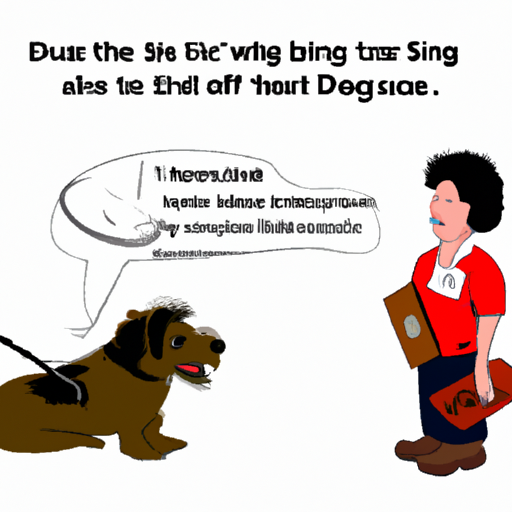Introduction
Summer is here and you’re likely spending more time outdoors with your beloved furry friend. But, along with the fun of playing fetch and taking long walks come the pesky bugs. Unfortunately, your dog’s fur isn’t an impenetrable force field to pests. So, what happens when your dog gets bitten? Don’t panic. I’m here to guide you through the process of treating bug bites on dogs.
Identifying the Bug Bite
Identifying the offending insect is the first step in effective treatment. Every bug bite leaves its signature mark, from the tiny puncture wounds of a mosquito to the larger, more inflamed bites of a spider. Here are some common culprits:
- Fleas: Small, red, itchy bumps, often in clusters.
- Ticks: Small, hard lumps where the tick is attached.
- Mosquitoes: Red, swollen areas that are itchy.
- Spiders: Large, red, inflamed area. Some can cause serious symptoms.
Treating the Bug Bite
Once you’ve identified the bug, you can proceed to treat the bug bite.
-
Clean the Area: First, clean the bite area with warm water and mild soap. It’s important to keep the area clean to prevent infection.
-
Apply Topical Treatment: Apply a topical treatment like hydrocortisone cream or an antibiotic ointment. These can help relieve itching and prevent infection.
-
Prevent Further Biting: Use a protective collar if necessary to keep your dog from further irritating the bite.
-
Monitor for Allergic Reactions: Watch your dog closely for any signs of allergic reactions, like swelling or difficulty breathing. If these occur, seek immediate veterinary care.
Preventing Bug Bites
Prevention is always better than cure. Here are some tips to keep the bugs at bay:
- Use a vet-approved insect repellent.
- Keep your yard clean and free of standing water.
- Regularly check your dog for ticks, especially after walks in wooded areas.
- Keep your dog’s vaccinations up-to-date.
When to Seek Veterinary Care
Not all bug bites can be treated at home. If your dog exhibits the following symptoms, it’s time to seek professional help:
- Severe swelling or redness.
- Signs of infection like pus or a foul odor.
- Changes in behavior or appetite.
- Signs of an allergic reaction such as difficulty breathing.
Frequently Asked Questions
Q: Can I use human insect repellent on my dog?
A: No, some human insect repellents can be toxic to dogs.
Q: How can I tell if my dog has fleas?
A: Besides bug bites, signs of fleas include excessive scratching, redness, and seeing fleas on their fur.
Q: What should I do if my dog has a tick?
A: If you’re comfortable doing so, you can remove the tick with tweezers. Otherwise, seek veterinary care.
Q: Can bug bites make my dog sick?
A: Yes, some bugs can transmit diseases to dogs. If your dog seems ill after a bug bite, contact your vet.
Q: How often should I check my dog for bug bites?
A: Regularly, especially during bug season (spring and summer) or after walks in wooded areas.
Remember, your dog depends on you for their well-being. It’s up to you to stay informed and take action when necessary. Happy tails and trails to you and your furry friend!



